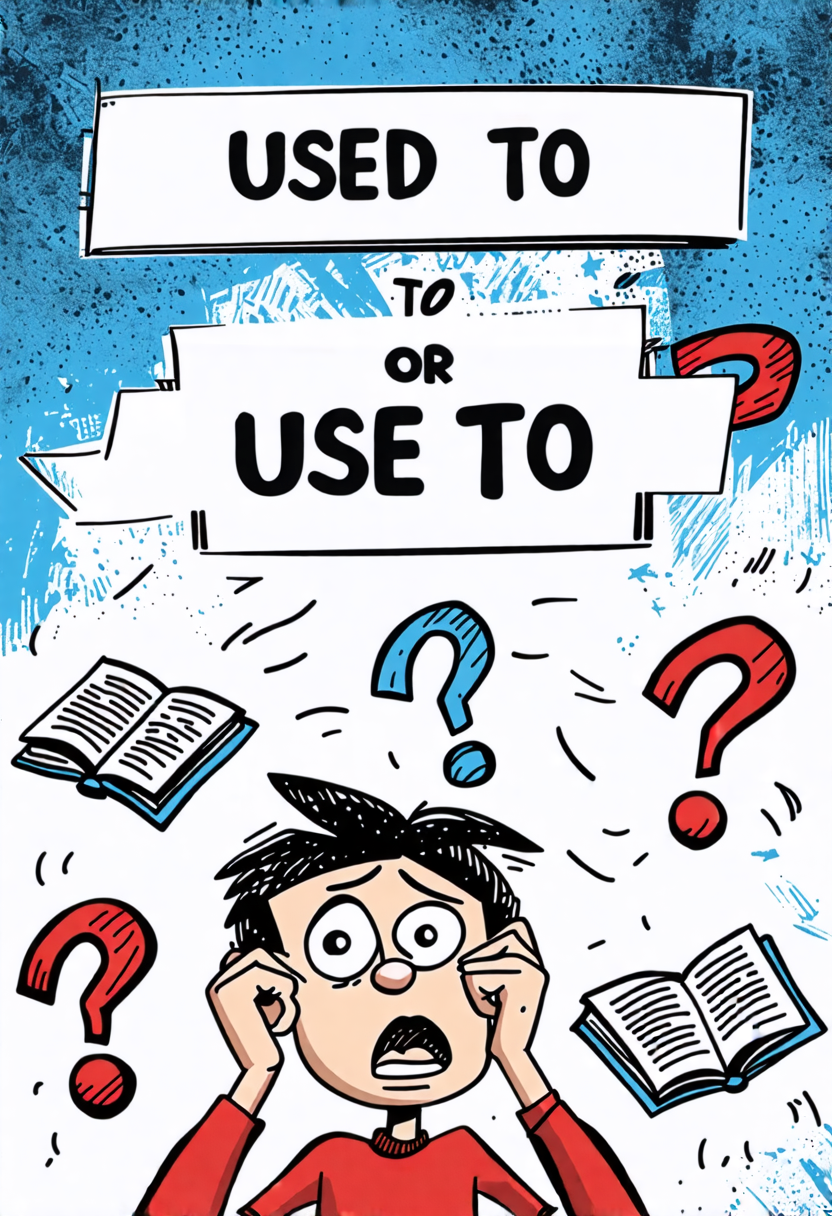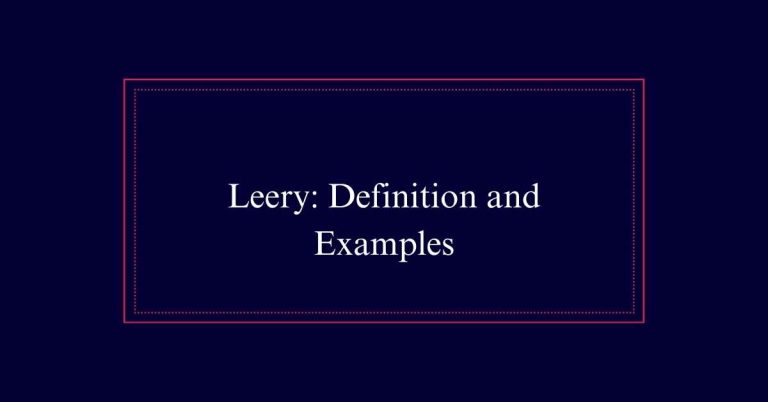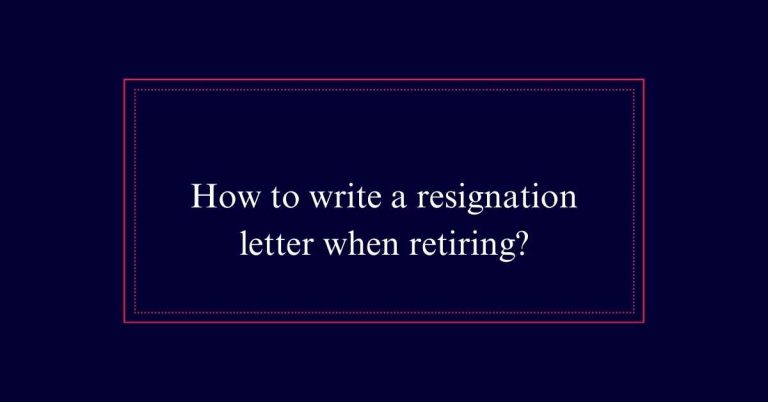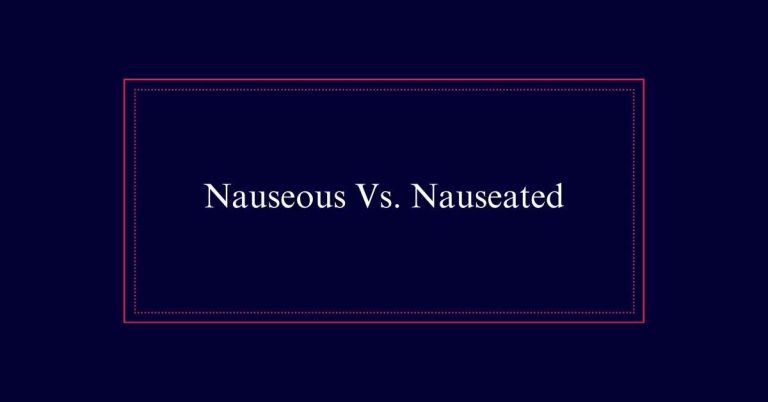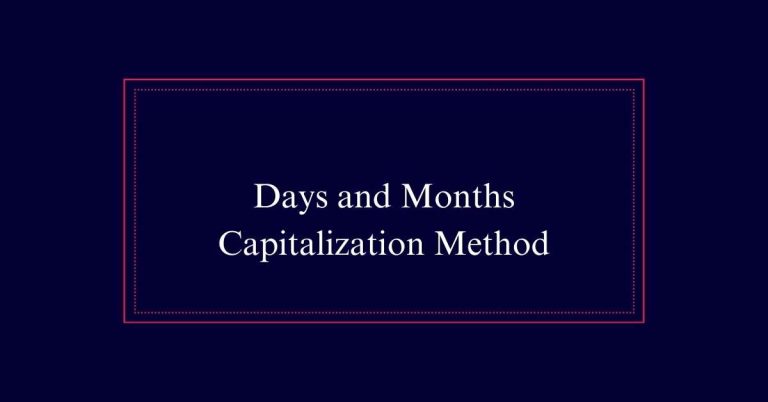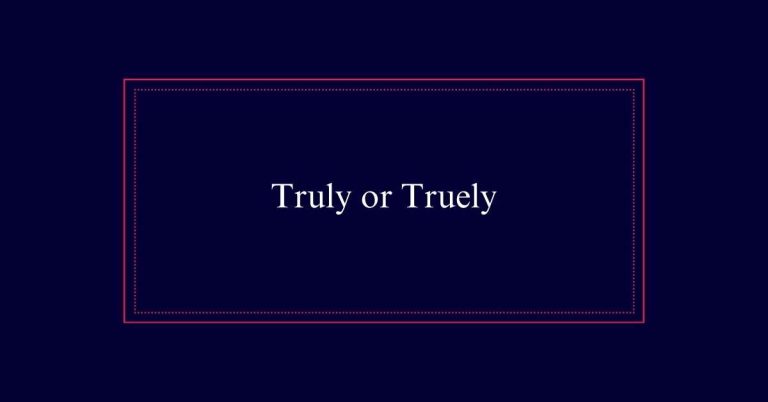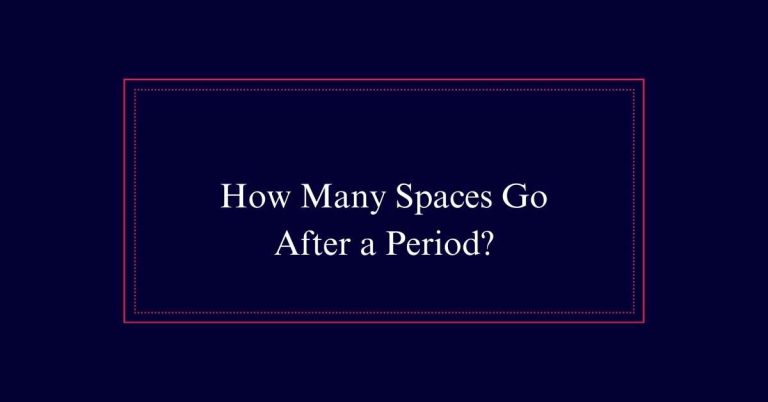Used To or Use To?
‘Used to’ and ‘use to’ have distinct functions in English. ‘Used to’ describes habitual actions or states that occurred in the past but no longer happen. For example, ‘I used to play soccer.’ On the other hand, ‘use to’ is employed in negative or interrogative forms with ‘did’ or ‘didn’t’, such as ‘Did you use to play soccer?’ or ‘I didn’t use to play soccer.’ Always use ‘used to’ in affirmative statements and ‘use to’ in questions or negatives.
Understanding ‘Used To’
‘Used to’ is a phrase that denotes habitual or ongoing actions in the past. It signifies activities or states that were regular or continuous but are no longer occurring.
For example, ‘She used to jog every morning’ indicates a past routine. ‘Used to’ is crucial for showing past habits clearly. It helps in distinguishing between present and past practices. This phrase is always tied to actions that happened repeatedly.
It helps convey a sense of routine that is now discontinued. Understanding its proper use is essential for accurate communication. ‘Used to’ is a straightforward way to express past habits and states, ensuring clarity in past narratives.
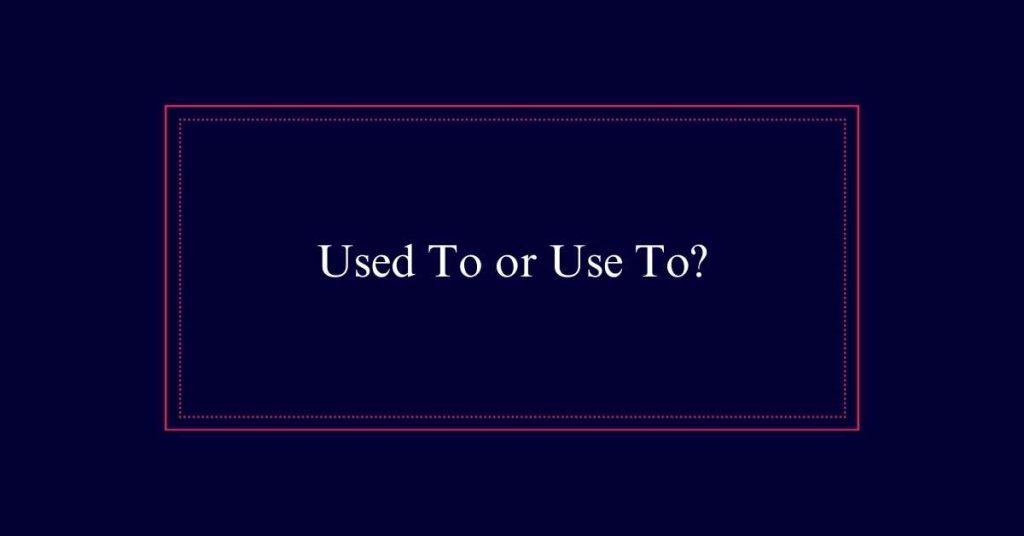
Clarifying ‘Use To’
Understanding the correct usage of ‘use to’ can be tricky due to its specific grammatical context. Unlike ‘used to,’ which denotes past habits, ‘use to’ primarily appears in negative or interrogative forms with ‘did’ or ‘didn’t.’ For instance, ‘Did you use to play football?’ is correct, whereas ‘Did you used to play football?’ is not.
Here’s a quick reference table to clarify:
| Sentence Type | Correct Form | Example |
|---|---|---|
| Affirmative | Used to | She used to play piano. |
| Negative | Use to | She didn’t use to play piano. |
| Interrogative | Use to | Did she use to play piano? |
Habitual Past Actions
When discussing habitual past actions, ‘used to’ is the appropriate phrase to indicate activities or states that occurred regularly in the past. This phrase helps convey what someone did frequently but no longer does.
Here are key points to understand its use:
- Frequency: ‘Used to’ signifies actions repeated over time, e.g., ‘I used to jog every morning.’
- Past State: It can describe past conditions, e.g., ‘She used to live in Paris.’
- Negation: The negative form is ‘didn’t use to,’ e.g., ‘He didn’t use to like vegetables.’
- Interrogative: Questions use ‘use to,’ e.g., ‘Did you use to play chess?’
Infinitives With ‘Use To’
To accurately use infinitives with ‘use to,’ it is essential to understand their role in sentence construction. ‘Use to’ can appear before an infinitive verb to describe past actions or habits, particularly in negative forms involving ‘did’ or ‘didn’t.’ This construction helps clarify that the action no longer occurs.
Here is a table to illustrate:
| Example Sentence | Correct Usage | Incorrect Usage |
|---|---|---|
| I didn’t use to play. | Correct | Incorrect |
| She did use to read. | Correct | Incorrect |
| We didn’t use to go. | Correct | Incorrect |
Infinitives With ‘Used To’
‘Used to’ can also precede an infinitive verb to describe actions or habits that were regularly performed in the past. This construction helps convey a sense of past routine or repeated actions.
For example:
- I used to walk to school every day.
- She used to play the piano in her free time.
- They used to visit their grandparents every summer.
- He used to read a book before bed.
In these examples, ‘used to’ is followed by the base form of the verb, creating a clear picture of past habits. Using ‘used to’ in this way allows speakers and writers to effectively communicate past behaviors that are no longer current. This form provides clarity in expressing historical regularity.
Accustomed: ‘Used To’
Being ‘used to’ something signifies a state of familiarity or habituation with a particular activity or situation. This phrase indicates that a person is comfortable or accustomed to an experience due to repeated exposure. For example, if someone says, ‘I am used to waking up early,’ it means they have become accustomed to early rising over time.
The phrase ‘used to’ is always appropriate when expressing this sense of familiarity. It should not be confused with ‘use to,’ which is incorrect in this situation. Using ‘used to’ correctly helps convey that the speaker has adapted to a specific routine or condition.
Misuse of ‘Use To’
Many people mistakenly use ‘use to’ when they should be using ‘used to.’ This error often occurs because the correct past tense form ‘used to’ indicates actions that were habitual or ongoing in the past. The misuse can lead to confusion and unclear communication.
Here are some common scenarios where ‘used to’ should replace ‘use to’:
- Past Habits: ‘I used to jog every morning.’
- Ongoing Past Actions: ‘She used to travel frequently for work.’
- Expressing Familiarity: ‘They used to live in New York.’
- Negative Sentences with ‘Did’: ‘He didn’t use to like vegetables.’
Pronunciation Confusion
Pronunciation can often lead to confusion between ‘used to’ and ‘use to.’ When spoken, the ‘d’ in ‘used’ is soft and sometimes barely audible, making both phrases sound similar. This subtlety can cause misunderstandings in written and oral communication.
‘Used to’ is important for indicating past habits or states, such as ‘I used to jog daily.’ However, ‘use to’ is incorrect in this situation. The confusion is exacerbated because ‘use to’ appears correctly in negative or interrogative forms like ‘didn’t use to’ or ‘did you use to?’
Habituation With ‘Get Used To’
The phrase ‘get used to’ signifies the process of adapting to a new situation or experience. It describes an ongoing adjustment where one gradually becomes familiar with something.
Here are key points to understand its usage:
- Present and Future Contexts: ‘Get used to’ is often used when acclimatization is still in progress or will happen in the future.
- Structure: It involves the verb ‘get’ followed by ‘used to’ and a noun or gerund (e.g., ‘getting used to the noise’).
- Difference from ‘Be Used To’: ‘Get used to’ implies a process, whereas ‘be used to’ indicates a state of being accustomed.
- Common Errors: Avoid using ‘get use to’; always use ‘get used to’ for correctness.
‘Did’ and ‘Use To
Understanding how to use ‘did’ with ‘use to’ helps clarify past habits and actions. When forming negative or interrogative sentences in the past tense, ‘use to’ is the correct form to follow ‘did’ or ‘didn’t’. This distinction is important for proper grammar. For example, ‘Did you use to play soccer?’ and ‘He didn’t use to like vegetables.’
Here is a summary table to illustrate:
| Structure | Example Sentence | Explanation |
|---|---|---|
| Positive | I used to walk to school. | Regular past habit |
| Negative | I didn’t use to walk to school. | Past habit negated |
| Interrogative | Did you use to walk to school? | Questioning past habit |
| Negative Question | Didn’t you use to walk to school? | Questioning negated past habit |
